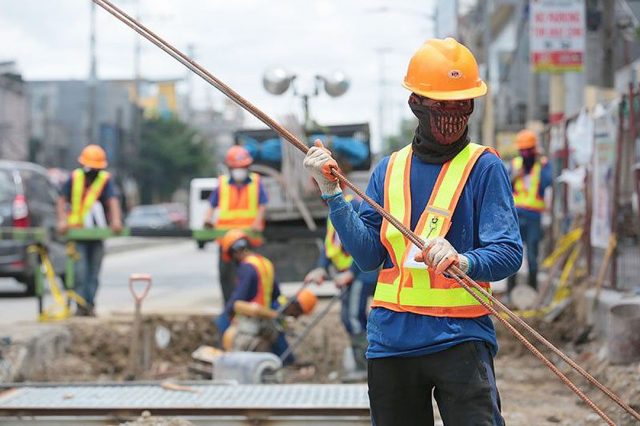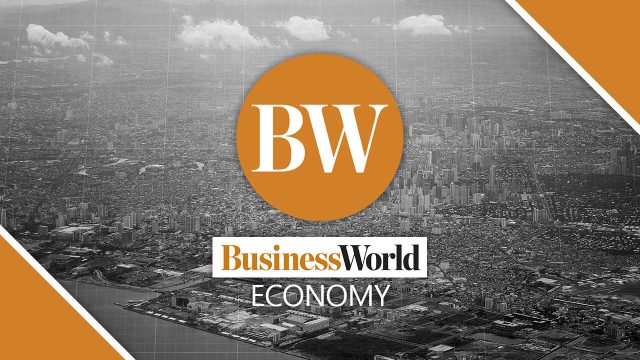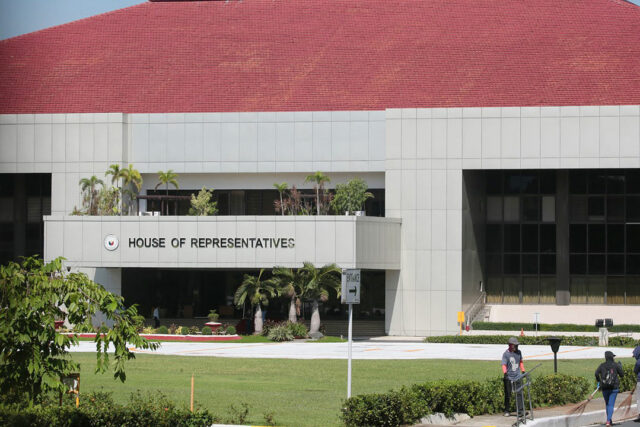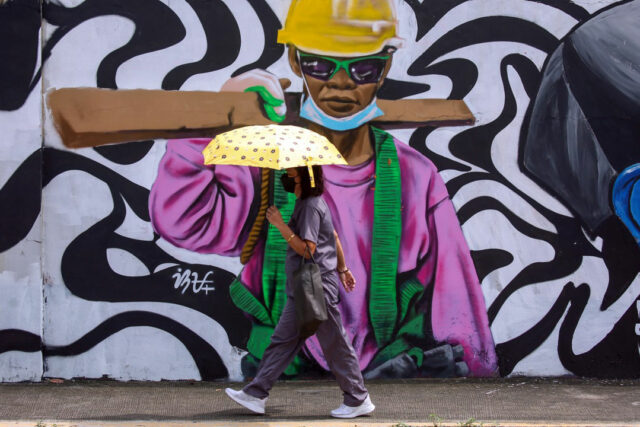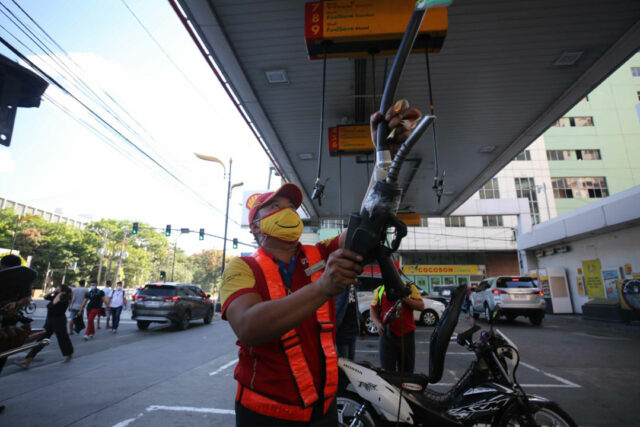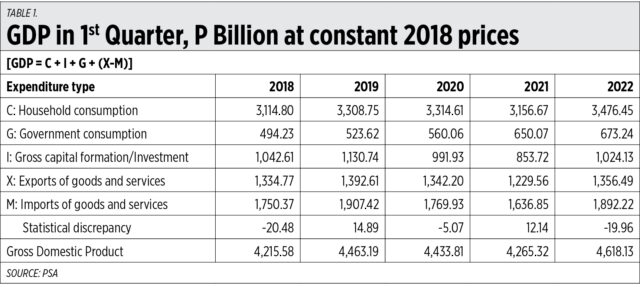This article will cover four different topics so we go straight to them.
GDP GROWTH IN FIRST QUARTER 2022
Last week the Philippine Statistics Authority (PSA) released the country’s economic performance in the first quarter (Q1) of the year. Growth was 8.3% compared to the level a year ago — nice. But in terms of pesos worth of goods and services produced, there was little to celebrate actually if we compare Q1 2022 vs Q1 2019 or three years ago.
One, the P4.62 trillion output in Q1 2022 was only P160 billion higher than the P4.46 trillion output three years ago while there was an increase of 4.5 million more Filipinos over the same period. So the per capita income has continued to decline.
Two, the increase was due to more government consumption and spending — a difference of P150 billion — plus household consumption which increased by P168 billion, mainly due to higher spending by politicians and sponsors in this year’s presidential election than in the mid-term election of 2019.
Three, capital formation decreased by P106 billion and is practically comparable to the 2018 level four years ago. Meaning the investment environment remains poor and unattractive (see Table 1).
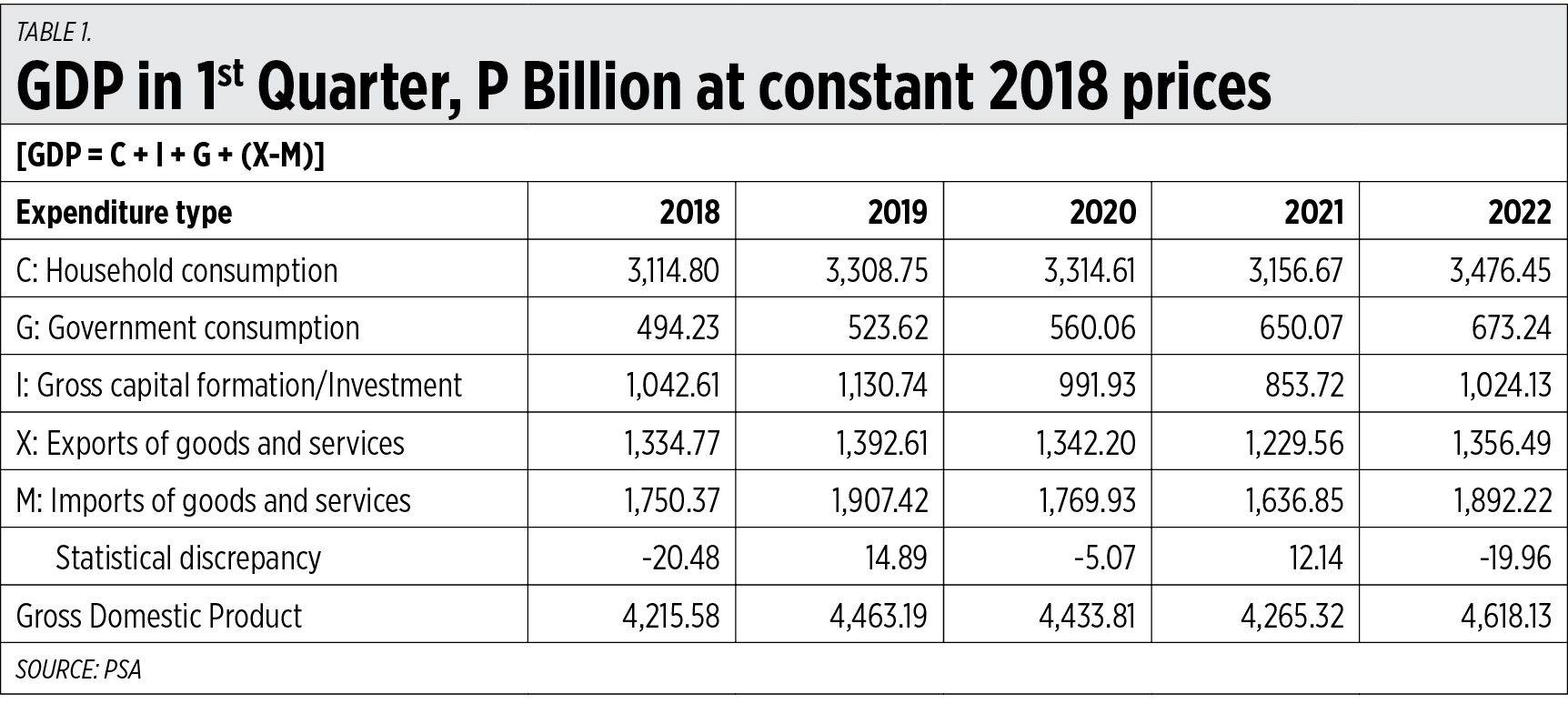
GROWTH AND ELECTRICITY GENERATION
One of the major man-made “growth killers” in the Cory Aquino administration (1986-1992) was the killing of the 620-MW Bataan Nuclear Power Plant (BNPP) with no alternative set up to replace it. Many big potential investors saw that major blackouts would happen, so they did not come in. And frequent blackouts did happen in 1990-1991. The other man-made “growth killer” was the series of bloody but unsuccessful coup d’état attempts by Gringo Honasan and Johnny Ponce Enrile from 1987-1989.
I compared the annual growth in power generation (in terawatt-hours, TWH) and annual GDP growth of many Asian countries plus Australia from 1986 to 2020, and until 2021 for GDP growth. I averaged them by decade and the result is consistent — high or fast power generation led to high GDP growth, and slowing power generation led to slowing GDP growth, for the past 35 years.
The Philippines has the third lowest power generation growth next to Japan and Australia (which have high base already), and is comparable to Pakistan. Consequently, we have low decadal GDP growth similar to Pakistan, while Japan and Australia have much lower GDP growth.
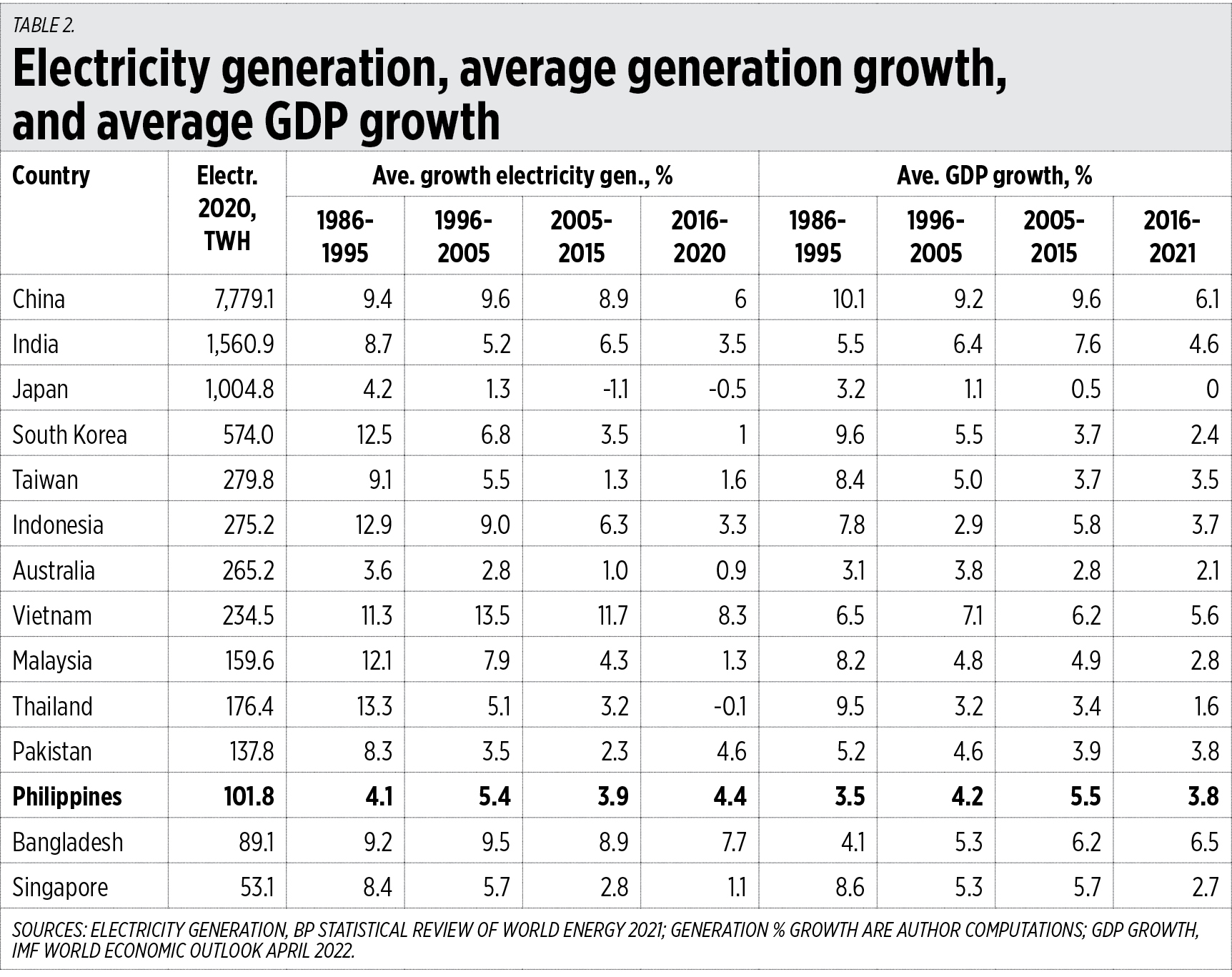
TRANSMISSION CONGESTION BY NGCP
Aside from the low increase in power generation due to various bureaucracies, some of the power plants that were successfully built experience transmission problems. As the power system operator, the National Grid Corporation of the Philippines (NGCP) is occasionally remiss in its mandate of ensuring sufficient transmission lines between actual and potential power plants to distribution utilities, corporations, and cooperatives.
Previously in this column, I cited the Philippine Independent Power Producers Association, Inc. (PIPPA) estimates of “1,000+ MW of stranded capacity in Bataan and Quezon due to transmission line limitations; another 1,000+ MW of power surplus in Mindanao that cannot be exported to the Visayas and Luzon” (see https://bit.ly/Oplas050322).
Table 3 tackles some details, the affected power plants, and expected time of completion (ETC) of transmission projects.
If the power plants are already there but there are no working transmission lines up yet, and construction and commissioning are delayed, then no new power can be dispatched. And this contributes to business uncertainty. Why build a new power plant when the NGCP may not be able to complete the new transmission project or expand the capacity of an existing congested transmission line to connect it to?
This uncertainty caused by the NGCP will hit the brakes on potential high growth. Big investors will factor in the cost of buying big gensets and their maintenance, since the threat of red-yellow alerts and potential blackouts will remain over their heads.
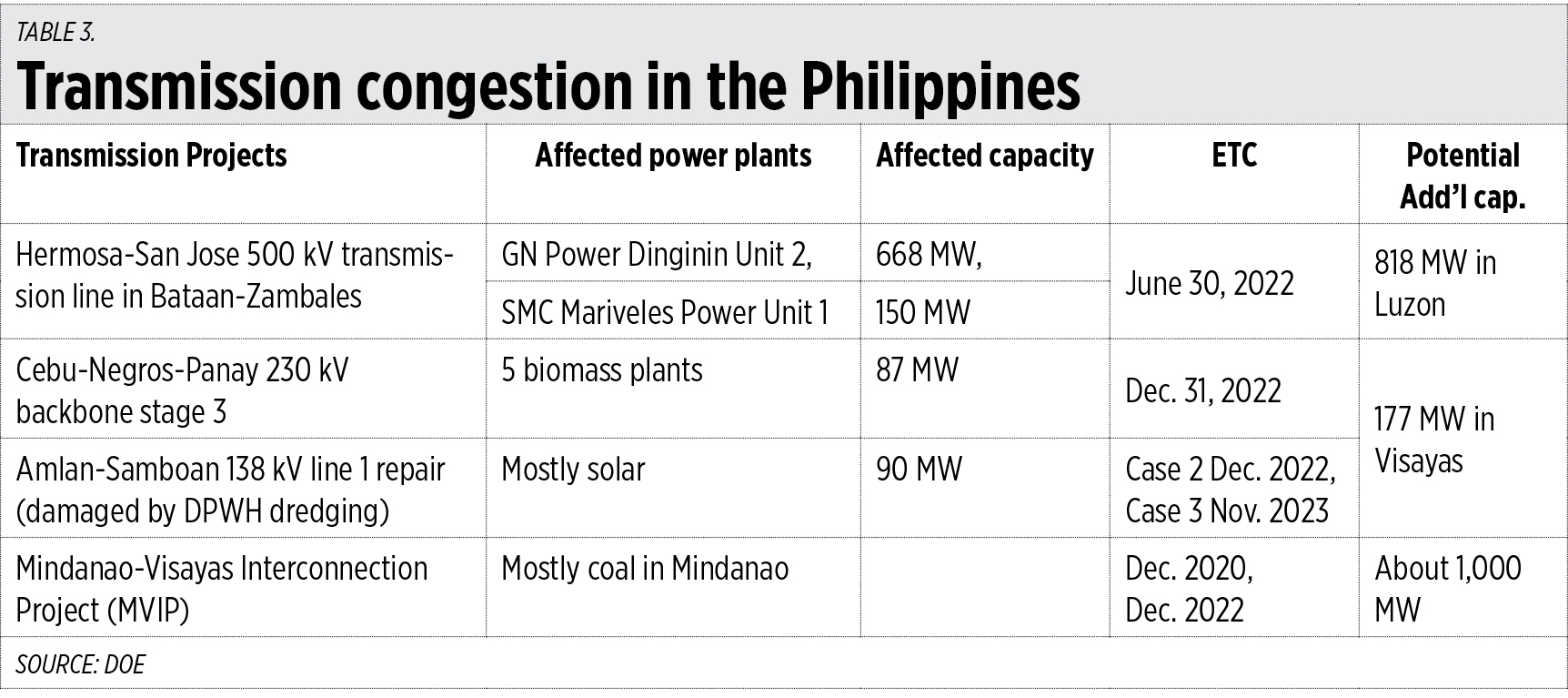
MANDATORY VAX BROUGHT BEFORE THE SC
The Inter-Agency Task Force (IATF) Resolution 148-B issued in November 2021, plus related government orders, on mandatory vaccination of on-site workers are coercive. They require on-site workers who are unvaccinated to take RT-PCR tests regularly at their own expense. The resolution also barred unvaccinated individuals from boarding and riding public transportation with very few exceptions.
With many reports of displaced workers and vaccine injuries, several groups went to the Supreme Court on May 12 and asked the Court to stop the enforcement of all government issuances and policies that impose mandatory vaccination against COVID-19 which the groups say violate Constitutional provisions on due process, equal protection of the law, security and privacy, religious freedom, and freedom of movement and travel.
The petitioners were led by Nick Perlas and lawyers of the group COVID Call to Humanity, doctors and scientists of the Concerned Doctors and Citizens of the Philippines, Legal Lightworkers for Life and Liberty, and Juan Dakila Movement, plus COVID vaccine-injured employee, religious leaders, government and private sector employees, and public-school teachers.
The respondents named in the petition were the IATF, Health Secretary Francisco Duque III, Executive Secretary Salvador Medialdea, Interior and Local Government Secretary Eduardo Año, Transport Secretary Arthur Tugade, Education Secretary Leonor Briones, and Makati City Mayor Abby Binay.
Mandatory orders mean zero choice. It means full government authoritarianism, and that individual freedom and individual choice is disrespected. The mandatory lockdowns and many business closures in 2020-2021 largely contributed to a GDP contraction in 2020 of 9.6%, the worst in Asia, then anemic recovery in 2021 of 5.6% which put the GDP level only at the level of 2018.
The new administration of Bongbong Marcos-Sara Duterte should learn the lessons of the past few years: heavy coercion and authoritarianism is a growth-killer. Insufficient power and repeated threats of blackouts is a growth-dampener. Economic freedom and individual liberty remain the single biggest growth-creator and enhancer.
Bienvenido S. Oplas, Jr. is the president of Minimal Government Thinkers.
minimalgovernment@gmail.com

